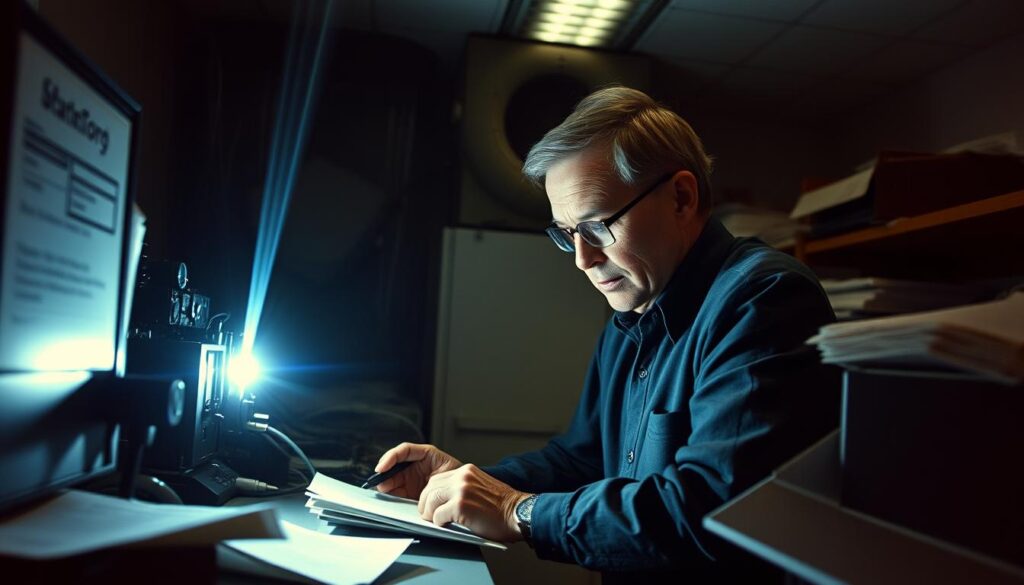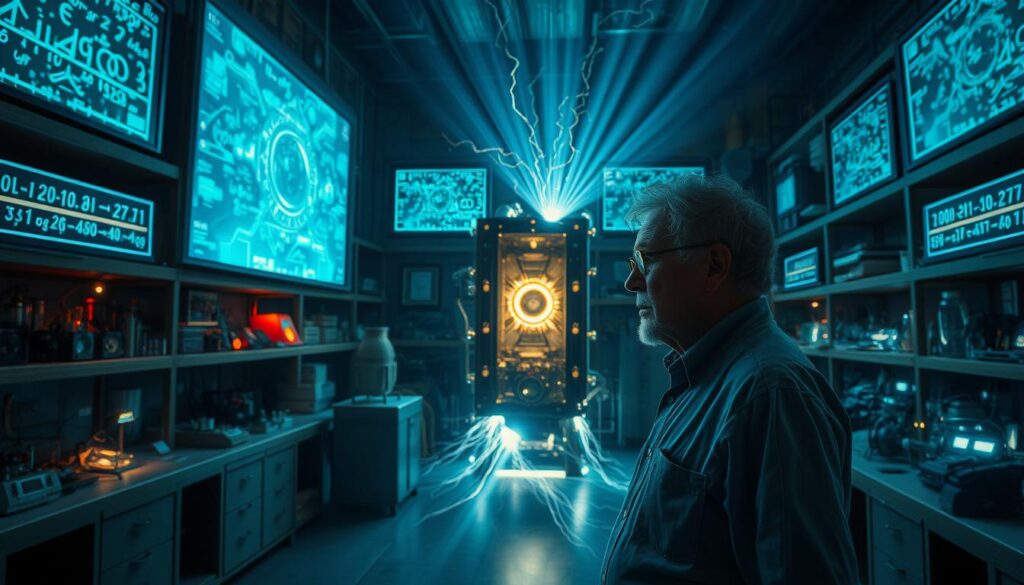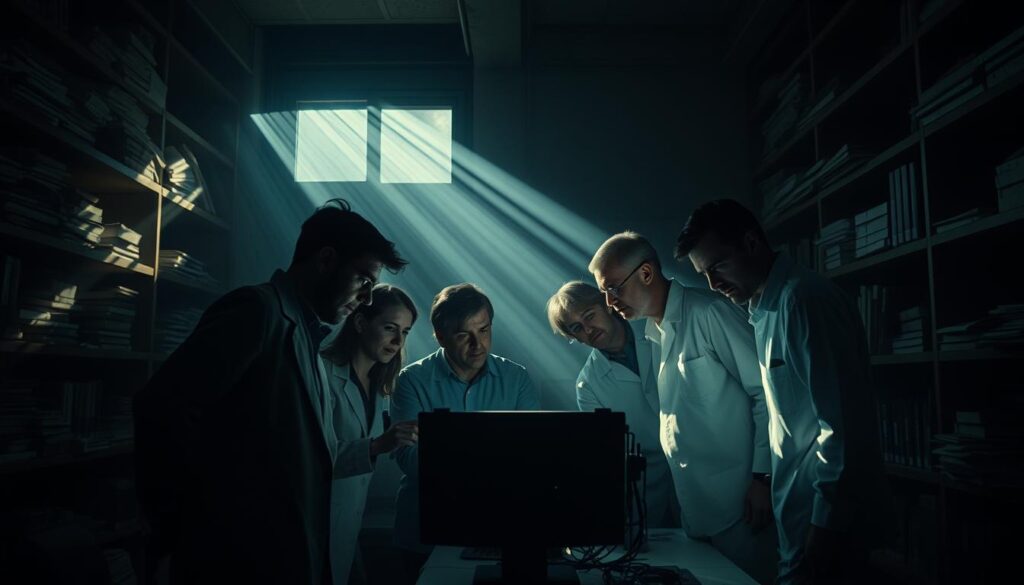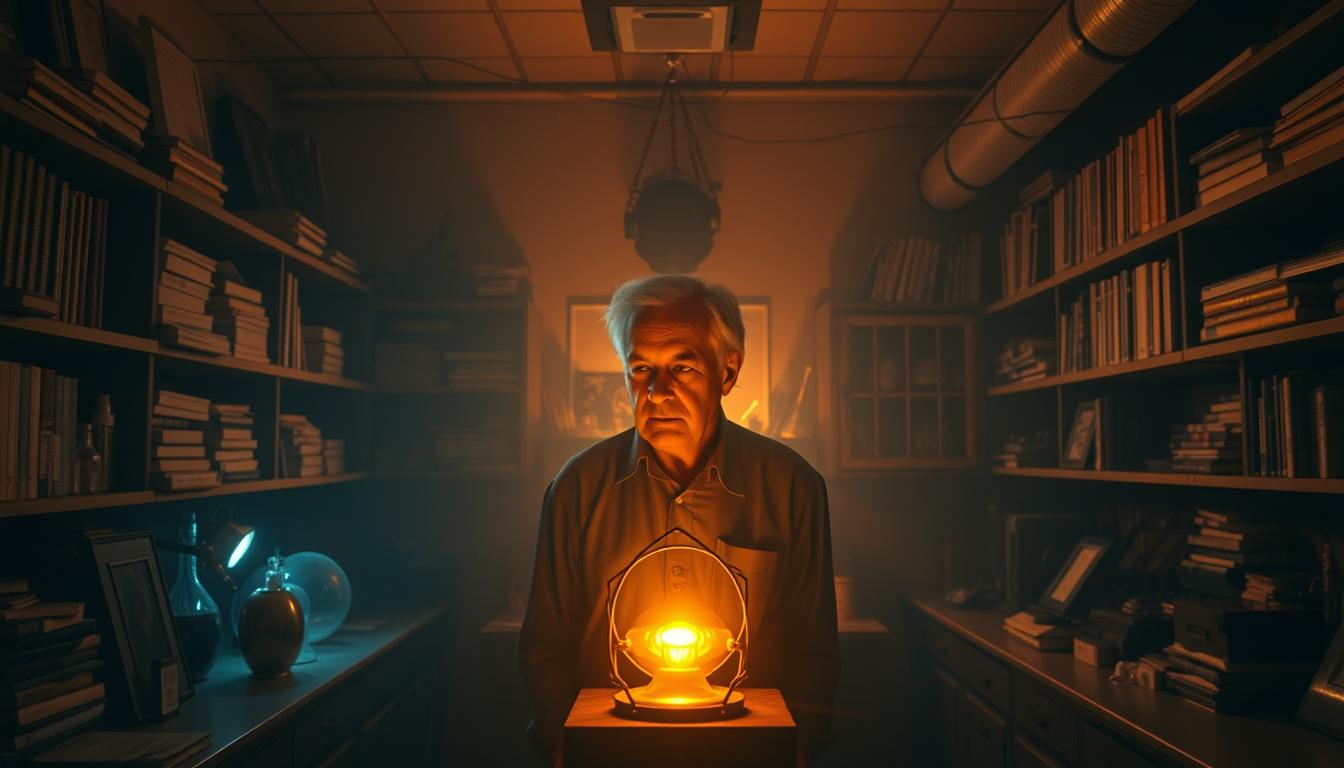Harold Puthoff is a groundbreaking scientist whose work spans quantum physics and parapsychology. With degrees from Stanford University, he has explored the mysteries of zero-point energy—the idea that empty space holds untapped power. His research challenges conventional science while opening doors to new possibilities.
Beyond mainstream physics, Puthoff led the Stargate Project, a CIA-funded program studying remote viewing. His experiments pushed boundaries, blending rigorous science with controversial topics. Though some question his methods, his influence in fringe science remains strong.
Now in his late 80s, Puthoff continues to inspire researchers. His legacy includes over 30 patents and collaborations with notable figures. Whether studying the vacuum of space or human perception, his work reshapes how we see the world.
Key Takeaways
- Puthoff bridges quantum physics and parapsychology in his research.
- His zero-point energy theories explore hidden power in empty space.
- The Stargate Project studied remote viewing for intelligence purposes.
- He holds multiple patents and has worked with Stanford University.
- His work remains debated but influential in scientific circles.
Early Life and Academic Foundations
Born in Chicago, Harold Puthoff’s journey into cutting-edge science began with a passion for engineering. After earning his Bachelor’s and Master’s degrees at the University of Florida, he pursued a Ph.D. at Stanford University, where his work with lasers set the stage for future innovations.

From Chicago to Stanford: A Journey in Electrical Engineering
Puthoff’s 1967 doctoral thesis, “The stimulated Raman effect and its application as a tunable laser”, revolutionized laser technology. His experiments with UV radiation and the Cherenkov effect paved the way for modern tunable laser systems.
PhD Thesis and Early Laser Physics Research
Collaborating with Richard Pantell, he co-authored Fundamentals of Quantum Electronics (1969), a cornerstone text in the field. Their work in nonlinear optics unlocked new research avenues, from medical imaging to telecommunications.
- Pioneered tunable Raman lasers, enabling precise light wavelength control.
- Explored vacuum energy concepts, linking early quantum physics work to later theories.
- Held multiple patents, foreshadowing his unconventional energy studies.
Hal Puthoff’s Groundbreaking Scientific Contributions
The quantum vacuum isn’t empty—Harold Puthoff’s work proves it holds untapped energy. His theories push beyond Einstein’s general relativity, suggesting space itself could revolutionize technology. From inertia to interstellar travel, his ideas blend physics with bold imagination.

Zero Point Energy: Theory and Implications
At the heart of quantum physics lies zero-point energy—tiny fluctuations in the vacuum that never vanish. Puthoff proposed these fluctuations might explain inertia, linking them to an object’s resistance to motion. If harnessed, this energy could power everything from cars to spacecraft.
Critics argue extracting such energy is impossible, but Puthoff’s 1993 paper with Daniel Cole explored the Casimir effect as a potential method. Their math suggested manipulating microscopic forces might unlock the vacuum’s secrets.
Polarizable Vacuum (PV) and Stochastic Electrodynamics
Puthoff’s polarizable vacuum model reimagines space as a flexible medium. It attempts to merge quantum field theory with Einstein’s equations, suggesting gravity arises from vacuum distortions. While intriguing, physicists like Steve Carlib note computational gaps in the model.
Patents and Innovations in Energy Propulsion
His 1998 patent (#5,845,220) for scalar potential communication tech sparked debate. Some called it pseudoscience, but Puthoff’s team at EarthTech International later explored propulsion systems inspired by warp drives. These concepts, dubbed metric engineering, remain speculative yet visionary.
- Zero-point energy: Quantum fluctuations as a potential power source.
- PV model: A bridge between general relativity and quantum vacuum effects.
- Patents: Controversial but forward-thinking, from comms to space travel.
Controversial Work in Parapsychology
Few scientists have sparked as much debate as Harold Puthoff with his unorthodox studies in parapsychology. His work blurred lines between rigorous research and fringe science, drawing both fascination and skepticism.

The Stargate Project and Remote Viewing Experiments
From 1972 to 1995, Puthoff co-directed the CIA-funded Stargate Project, testing psychic spies like Ingo Swann. The $20M program aimed to use remote viewing—a claimed ability to “see” distant targets—for intelligence gathering.
Declassified files reveal mixed results. While some experiments suggested accuracy, critics highlighted loose controls. Terence Hines later called conditions “chaotic,” with viewers often guessing from subtle cues.
Uri Geller and the Debate Over Psychic Phenomena
Puthoff’s 1974 Nature paper on Uri Geller’s spoon-bending powers ignited firestorms. Though initially presented as proof of psychic energy, magicians exposed Geller’s sleight-of-hand tricks.
Marks and Kammann debunked the study, noting transcripts were “edited to order.” This fueled accusations of bias, linking Puthoff’s quantum physics interests to uncritical acceptance of paranormal claims.
Criticisms and Scientific Scrutiny
Scientology’s influence cast shadows. Puthoff’s early claims of “exteriorization” (out-of-body abilities) mirrored the church’s teachings. Skeptics argued this compromised objectivity.
Yet, the cultural impact endures. Stargate inspired books and films, proving that even disputed experiments can reshape pop science narratives.
Conclusion: Hal Puthoff’s Legacy in Science and Beyond
Harold Puthoff’s career defies easy labels, merging hard science with the unexplained. His dual reputation—as a visionary physicist and parapsychology advocate—sparks debate but undeniably pushes boundaries.
Today, his ideas shape alternative propulsion concepts in aerospace, from zero-point energy to warp-drive theories. At EarthTech International, he collaborates with Eric Davis on breakthrough research, blending quantum physics with speculative tech.
Despite peer criticism, Puthoff’s work attracts government and private funding, a paradox highlighting its implications. Co-founding To the Stars Academy (2017) further cemented his role in UFO studies.
Love him or question him, Puthoff remains a catalyst. His theories on the vacuum and general relativity inspire a new generation to explore the unknown—proving science thrives on bold questions.

